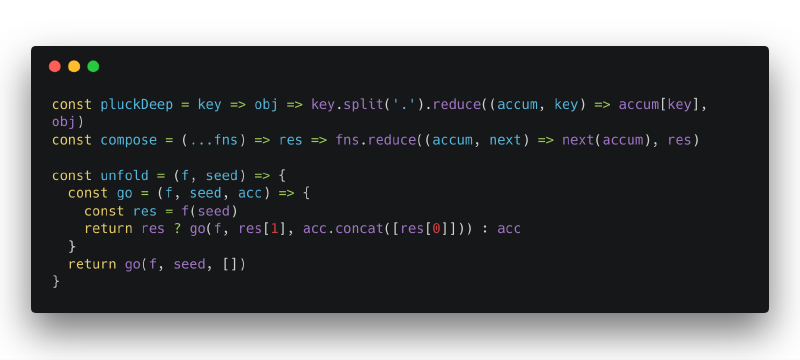First of all, this is by no means a thorough tutorial. I’ve followed Dataquest’s blog post: Building a data science portfolio: Making a data science blog to get this one setup. Here are some insights and hiccups that may be helpful to others who want to do the same thing.
Static sites and static sites generator
If you have never experienced the web development world, static site might be a new word to you. Actually it’s quite simple, it’s just plan web-site with HTML files, CSS sheets and Javascript files. These file never changes unless you make them, thus the word ‘static’. The ‘dynamic’ site, on the other hand, use database and complex post-end technology to ‘dynamically’ generate these HTML/CSS/Javascripts files. It’s much harder to develop and maintain. But I don’t want that complexity you say. I just want to write something and post them and make them look neat. Then, my friend, look no further than a static site. Good news to us, there are a lot of static sites generators out there that can help us do the heavy-lifting of developing a website. The static sites generators come with many flavors, Jekyell(based on Ruby), Pelican(based on Python are too popular one. Since I’m more familiar with Python. I decided to use Pelican to build my data science blog.
The beautiful thing here is, since Pelican is written in Python, it’s quite easy to make it work with Jupyter Notebook, which is a huge bonus for data science. This means you can write your blog posts using Jupyter Notebook, leverage all the powerful snippets, data visualization and code executing it has and roll all those into your post, with ease.
Install Pelican
Usually install Pelican will be easy, but if we also want to support Jupyter Notebook it will be harder. Many python modules will need to be installed using pip.
Here is a list I used:
Markdown==2.6.6 # Markdown support
pelican==3.6.3 # Pelican itself
jupyter>=1.0 # Jupyter Notebook
ipython>=4.0 # iPython
nbconvert>=4.0 #
beautifulsoup4 # not sure why we need pharsing here, maybe manipulating codes
ghp-import==0.4.1 #handle git branches
matplotlib==1.5.1 #data visualization
Once all are installed, run:
pelican-quickstart
Answer couple of questions and the backbone of your site is up. To make the Jupyter Notebook part work, we will need this Pelican plugin (yes, Pelican support plugins!): Pelican-ipynb.
Once installed, activate the plugin in your pelicanconf.py. This is your dot file, and you’ll be dealig with it a lot later on.
Add these into the bottom:
MARKUP = ('md', 'ipynb')
PLUGIN_PATH = './plugins'
PLUGINS = ['ipynb.markup']
Write Post
Well this is the easier part. Just put your Jupyter Notebook file into the 'content' folder. Also, for each post, we’ll need a meta file to include some meta data of the post. The meta file should have the extension: .ipynb-meta. Here is an example:
---
title: "First Post"
slug: first-post
date: 2016-06-08T20:00:00Z
categories: posts
tags:
- "python firsts"
It’s quite easy to figure out what they are so I won’t bother explain here. When done, save.
Generating HTML
Exit out of content folder, and run pelican content to generate the HTML. Enter output again and run:
python -m pelican.server
Then visit: localhost:8000 to see your new site.
Putting it on GitHub Pages
Create a GitHub Page is simple and there are many tutorials out there. Once created, edit your SITEURL in publishconf.py file, make it into https://username.github.io, substitute username with your site name.
Run pelican content -s publishconf.py to generate the real stuff.
Run ghp-import output -b master to import everything into the output folder to the master branch.
Run git push origin master to push changes to GitHub repo.
Themes
There are a lot of themes to choose from. What you need to do is to configure your pelicanconf.py file and assign the theme name. Some themes may need to install extra Python modules or have access to other services to work. But overall the process is straight forward.
Google Analytics
Pelican have Google Analytics support out of the box. Register the site on GA, then get the UA-XXXXxxxxx id, put it into the pelicanconf.py file and you’re golden.
Disqus
Disqus support come out of the box too. Register the site on Disqus, get your shortname correct, and put into pelicanconf.py and you should be good too. Some turorial suggest put into publishconf.py, well mine only works on pelicanconf.py so use your own judgement.
SEO
Basic SEO can be achieved using sitemap plugin. Search for it and put into pelicanconf.py, it will work automatically.
Conclusion
Overall the process is not hard at all. Once everything is set. Just focus on putting in solid content using Jupyter Notebook. Enjoy coding, visualizing and writing!
